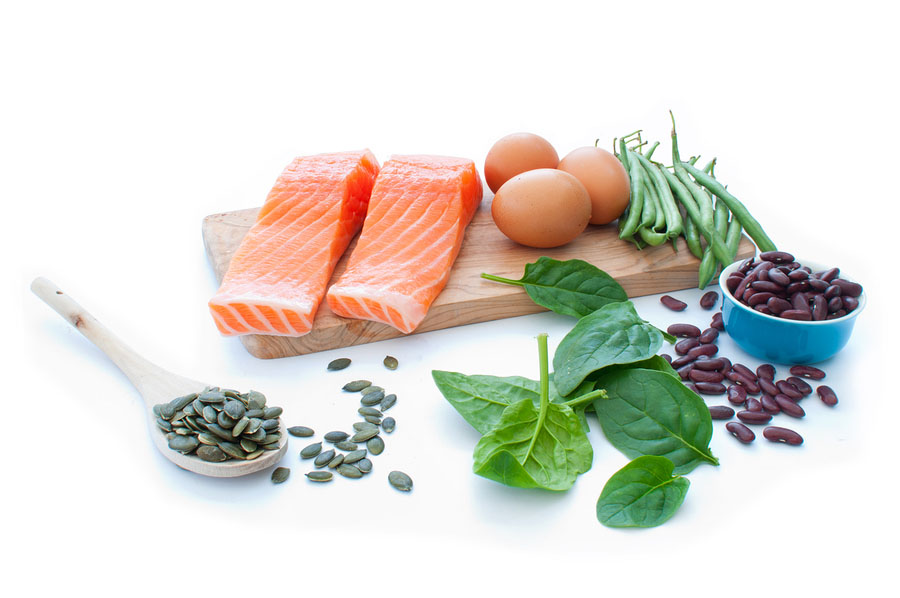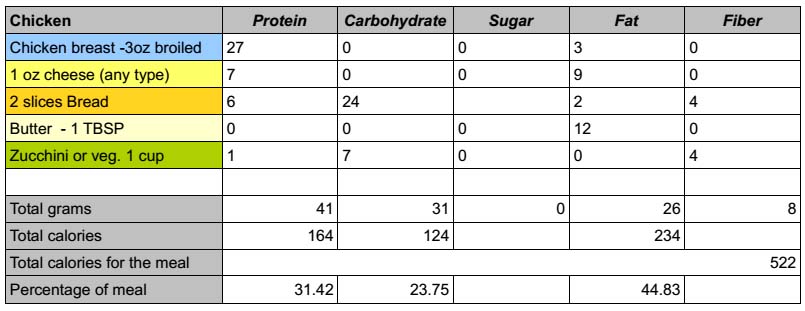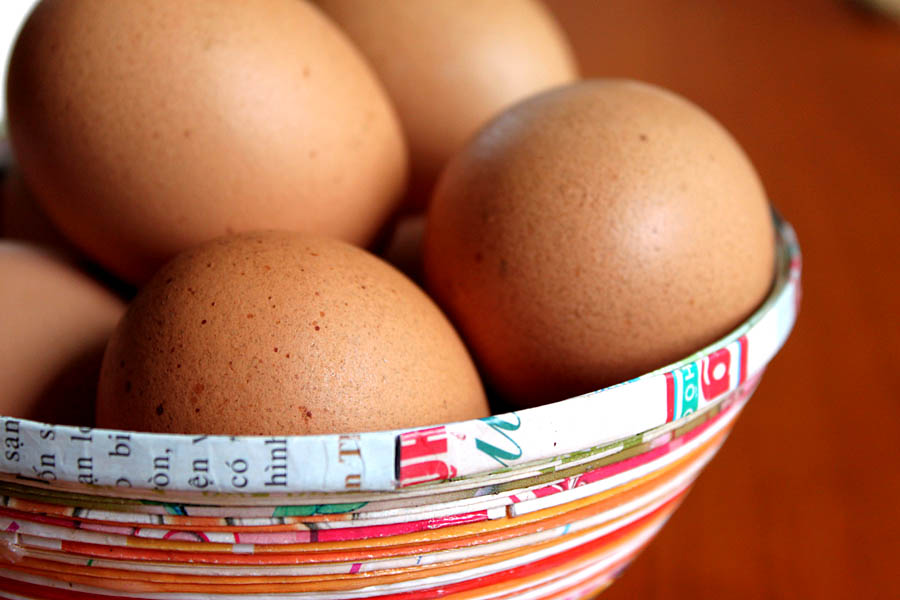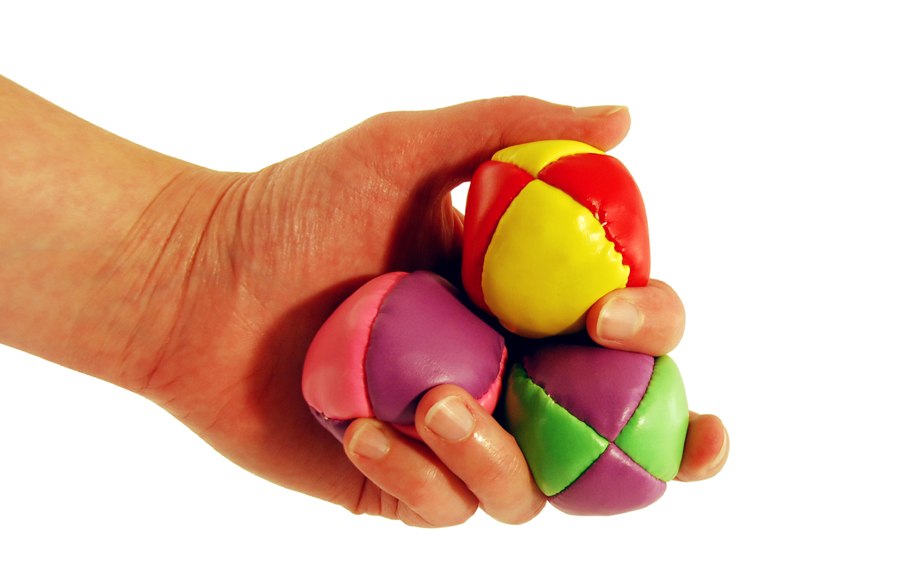Improving Your Health: What’s in a Meal?
I started this discussion with a talk about making changes (part 1) and about eating breakfast (part 2). Now I want to continue the discussion by talking about what we consume in typical meals. By looking at what a meal contains we can get an idea of its nutritional value as well as its impact on the total calories we consume.
A Nutritional Look at a Typical Lunch Meal
Lunches vary as much as any meal, but many of us opt for fast food which often is a hamburger. Most might consider a hamburger to be anything but healthy, however this is not necessarily true. Here is a burger meal that keeps nutrition in mind:
Now, this is not a low calorie meal, but at 449 calories it is only slightly higher than the 400 calorie goal I had outlined for meals in part 1. If we were to select a lower fat beef we could shave off a few calories. The bun itself contains quite a bit of the calorie load and if we took that out and replaced it with more vegetables we could reduce the calories further. Just getting rid of the bun alone drops the calories to just around 339. If you wanted something to wrap your burger in, you could also use low carb tortillas instead of a bun. Other changes could be just for taste. The vegetables listed could easily be replaced with one cup of just about any vegetable for the same amount of calories.
A Nutritional Look at a Typical Dinner Meal
Dinner for many people is the only home prepared meal of the day. Of course it could be anything, but below is a typical meal we might have for dinner:
This meal has the components of many such meals with the main course (chicken) and assorted things like cheese, bread, butter and vegetables. The same calories would be found if instead of bread we had 2/3 cup of rice or pasta or 2 dinner rolls. Once again if we are looking to lower calories we can substitute more vegetables instead of bread for a savings of close to 100 calories. Take the cheese away and that is another 100 calories less. If we substitute 4 ounces of salmon we increase the calories by about 80 more, but gain a nice serving of Omega 3 fatty acids. If we went with turkey versus chicken we would drop the calories by about 30 points.
A Nutritional Look at Snacks
Probably more than anything else, what we snack on can either improve our nutrition and make it easier to limit portions for our meals or complicate our health with excess sugar and calories. There is no reason to avoid snacks as long as we make them a healthy part of our diet. Here is a typical snack choice:
Now let’s compare that to this choice:
This tortilla and cheese snack has less than half the calories of the bagel snack when we use low carb tortillas. However many need an on the go snack that can be taken anywhere, so the following might work well:
When selecting seeds or nuts, we often overestimate our portion sizes. This is where a measuring cup can come in handy. To find out more about the health benefits from nuts, check out my previous post “Battle of the Nuts – Which nuts are most healthy?”
I hope my discussion has helped to show how our food choices are impacting our nutrition. I know these food scenarios do not fit into everyone’s idea of what makes a great meal, but hopefully you can see how simple changes like substituting vegetables for bread can make a big difference in calories. This can also make a big difference in our health because there is plenty of evidence that processed carbohydrates like bread are not as healthy for us as unprocessed carbohydrates like vegetables.
If you have further questions or if you would like my help as a Nutritional Coach, just let me know. I would be glad to assist you.










